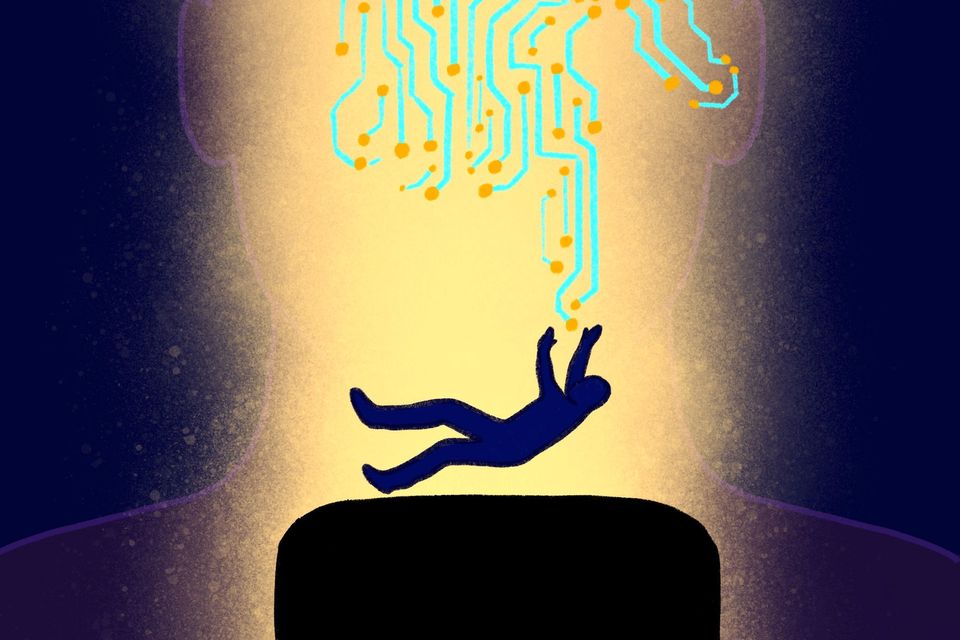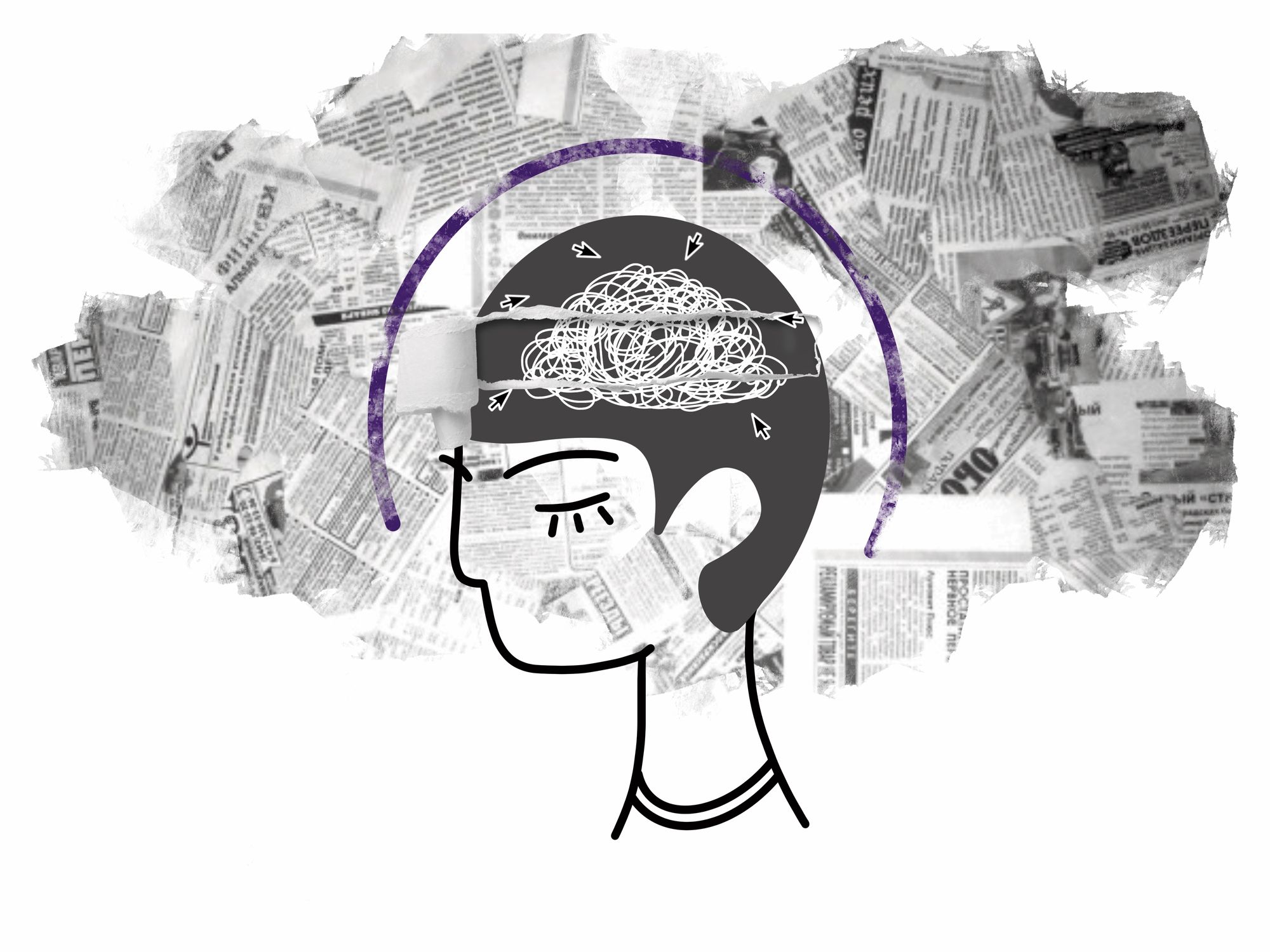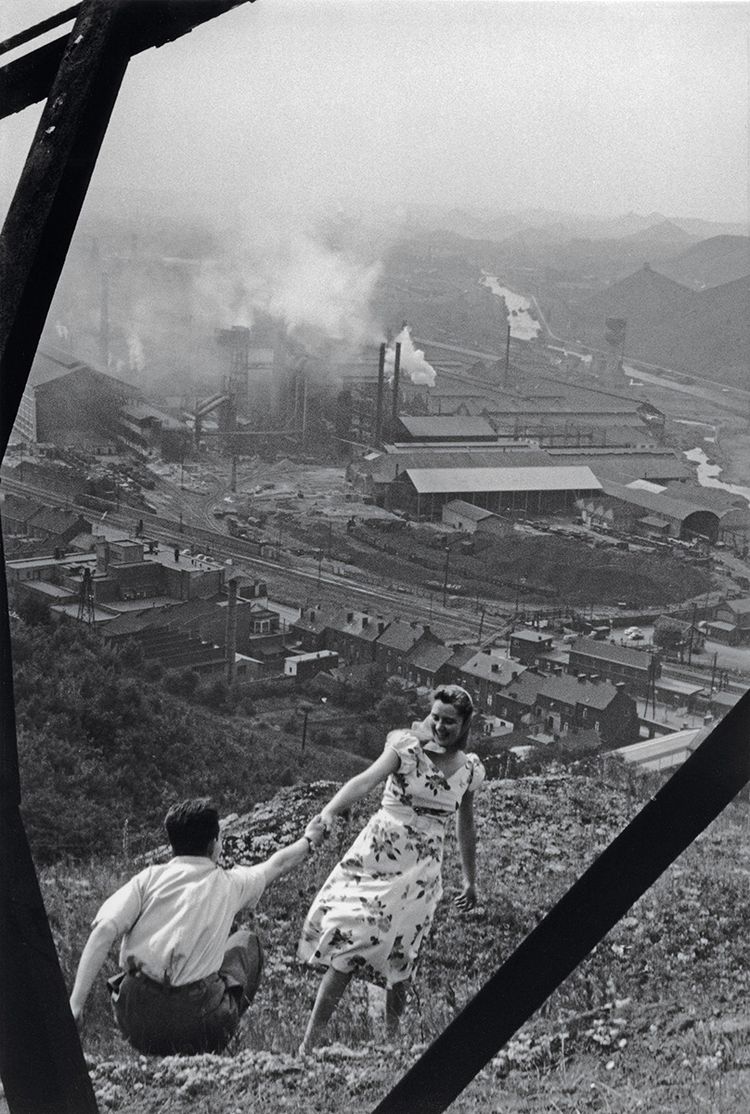Towards Technopoly: The Improbable World

Art: Jessica Keiko Mitsumasu ©
Previously in the series: From Technocracy to Technopoly
Introduction: Reading Postman in 2020
Summary: Chapter 4
In this short chapter, Postman traces the broad contours of the information revolutions that mark the road to Technopoly. Starting with the print revolution, he details the move from an environment of information scarcity to one of abundance. Postman also develops ideas around the value of context, the rise of information as a commodity, and the resulting incoherence that plagues us in 20xx.
Abetted by a form of education that in itself has been emptied of any coherent world-view, Technopoly deprives us of the social, political, historical, metaphysical, logical, or spiritual bases for knowing what is beyond belief.
Towards an Information Age
The information age did not begin with the consumer internet and the “information superhighway,” as it was quaintly referred to in the 1990s. In his attempt to contextualize the coming of Technopoly, Postman stretches the information age across five centuries and punctuates its development with five revolutions in communication. Each stage brought more information, more often and more quickly, to more people than previously possible.
First came print, which revolutionized the portability and accessibility of the written word. The rise of printing was a turning point in human history, but human culture had more than 200 years to adapt to the printed book. Consequently, the printed word has left a mark on human culture. Western civilization in particular bears the imprint of the letterpress in the practice of religion, science and politics, but those marks are beginning to fade.
Writing in her newsletter, Insight, Zeynep Tufekci highlights the corrosive effects of the rapid revolutions Postman outlines. She describes how nostalgia for the rituals of the old print world drives us to pursue our ideals of public life and discourse in ways that are unable to meet the demands of our new information environment. Tufekci names the televised political debate as an example, one which Postman explored at length in Amusing Ourselves to Death. But before we can consider the TV, we must reckon with the rise of the image, commodified and stripped of context, and the speed that preceded it.
After noting the significance of the printing press, Postman takes readers on a tour of the rapid rate of technological change in communication since the end of the Age of Print, beginning with the telegraph. In doing so, Postman draws an unbroken line from the first electronic message to the hateful doomscrolling of 2020.
Before the second revolution, information almost always had a particular purpose. It "was sought as part of the process of understanding and solving particular problems." Information maintained a tight relationship with reason and the common needs of a local community; that is until communication was uncoupled from the constraints of physical distance. "The telegraph made information into a commodity, a 'thing' that could be bought and sold irrespective of its uses or meaning."
The telegraph upended the slow, deliberate sharing of information and prioritized speed. Shortly after that, images pushed to the fore and triggered the third revolution. Freed of context and now dense with symbolic meaning, "the amount of information available through words and pictures grew exponentially" during the graphic revolution.
Then, broadcasting happened. And then computing. In just over 100 years—about half the time humanity had to adjust to printing—four information revolutions swept human culture, each of which brought “new forms of information, unprecedented amounts of it, and increased speeds.” Postman compares our predicament to that of the Sorcerer’s Apprentice; we’re drowning and trying to manage a flood with a broom.
Postman believed technopolies fed off societies gasping for breath in this information environment, cultures “incapable of answering the most fundamental human questions” and just barely “providing coherent direction” for mundane problems. Where the connection between information and human purpose is severed, Technopoly takes root. In Technopoly, “information appears indiscriminately, directed at no one in particular, in enormous volume and at high speeds, and disconnected from theory, meaning, or purpose.”
Remember, this is his diagnosis before we started carrying instant and nearly ubiquitous access to all this information on our bodies. Postman never saw a social media feed, but he had a pretty good idea about how it might feel to sit in front of a TV, laptop open, and iPhone in-hand, surrendering to the scroll.
Overwhelmed by Incoherence
Postman opens the chapter with an anecdote about credulity that illustrates what he sees as Technopoly’s effect on our ability to order our information environment coherently. He recounts how he would essentially troll colleagues with made-up news stories about scientific studies, citing the New York Times or other authoritative sources. “My role in the experiment,” Postman writes, “is to report something quite ridiculous—one might say, beyond belief.” But despite the outrageous claims, “about two-thirds of the victims will believe or at least not wholly disbelieve” what he’s told them.
Postman illustrates the point by describing the experience of opening a new deck of cards. We would reasonably expect to see a sequence of suits in numbered order and would be able to anticipate the next card; no one would expect the Queen of Clubs to come after the Ten of Diamonds. Our information environment under Technopoly, according to Postman, is a shuffled deck, and thus much more difficult to manage. When our minds are disorganized, it becomes easier to believe anything.
And this was before social media and mobile internet transformed the electronic media environment into an experience of instantaneous ever-presence.
Postman likens the effects of the electronic media environment to a cultural form of AIDS, where the information immune system breaks down. The control mechanisms deployed by technocracy have fallen into dysfunction. He expected the collapse of meaning and coherence that L.M. Sacasas describes as hyper-reality:
Digital media renders the present a black hole, everything is sucked into it: the past and the future, as well as our emotional and cognitive resources. Or, as Alan Jacobs, drawing on Thomas Pynchon has put it, it collapses our “temporal bandwidth.”
Is knowing more, more quickly, worth what's lost? Is Technopoly worth trading away the possibility of a "transcendent sense of purpose or meaning"? No one wants to make that trade, of course. Yet we try to accommodate ourselves to the new information environment--we like, tweet, and scroll--believing the demands of new technologies will take us further down the road of Francis Bacon's fabled progress. However, the problem is we no longer know, much less agree, where that road ends.
We like to think of ourselves as enlightened, the most educated civilization to ever exist, but are we any less credulous than medieval peasants?
Maybe the better question is: Are we any less tribal?
Technopoly Today
This chapter's description of the dangers of an instant and functionally unlimited media environment is eerily familiar to anyone who follows the news cycle on the social web in 2020. One parallel I did not expect was between typographical developments in the print age and today's Big Tech firms.
The rapid growth of printing led to the development of new formats, including numbered pages for better indexing and cross-referencing, as well as other features like punctuation marks, section heads, and paragraphing. These developments in typography are important “because innovations in the format of the machine-made book were an attempt to control the flow of information, to organize it by establishing priorities and giving it sequence.” Postman goes on to name the modern school as another essential “means of governing the ecology of information.” It could be argued that these developments parallel Google and Facebook's efforts to organize, control, and make information available.
But the motivations of Big Tech are markedly different from those of early printers and schools, even if the means bear a passing resemblance to each other. Attempts to manage the flow of information on today’s internet aim to extract value and exert control over valuable user data. Algorithmic feeds do indeed order information, and Google Search is a powerful and useful tool, but to what end? If you search for baby clothes or engage with radical political content online, these companies want to know. Not because they care but because that information helps them predict future behaviour. The ‘like’ button doesn’t exist to help you communicate with friends and family—it performs this function poorly—no, it exists to help predict what might ensnare you in the future, and the organizing algorithm adapts to serve users just that.
Advances in typography helped standardize communication via printed books; they helped make books more legible to more people in more places. The digital information controls wielded by these massive companies exist to carve up the public. While they ostensibly “democratize” communication, they are only willing to do so within the walls of corporate fortresses, by means and to ends largely hidden from users. The advances and new standards pushed by these companies are less public goods and more a means of production. The longer users stay logged on, the more value they produce for their digital landlords. That most of us are happy to ignore more convivial alternatives is evidence that we value convenience above all else as a society.
Used as designed, the informational tools of Big Tech do not help us manage our information environment effectively. Maximizing engagement and “in-app time” via addictive design only serves to ensure that users are more frequently bombarded with contextless information. If we use these tools as intended, we accept by default a status quo where we are overwhelmed by incoherence. Our informational immune system compromised, we are confined to hospice—and still, we scroll.
Next in the series







Member discussion